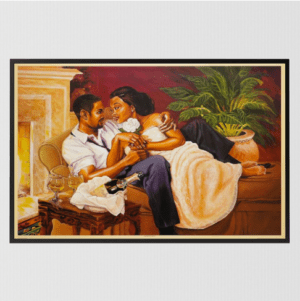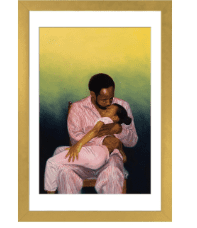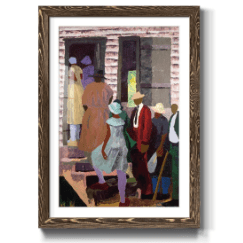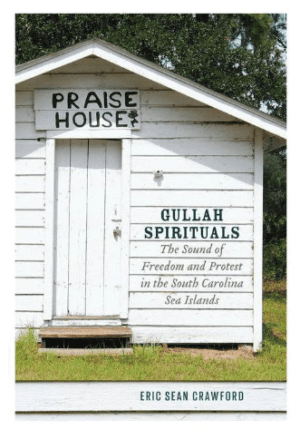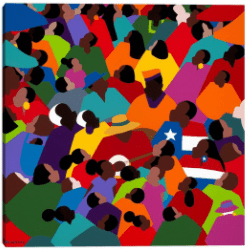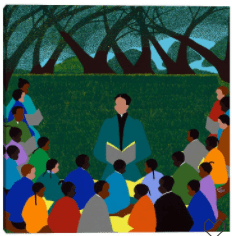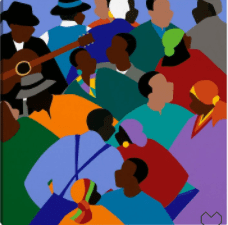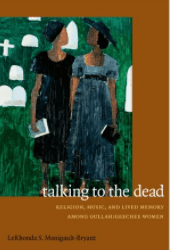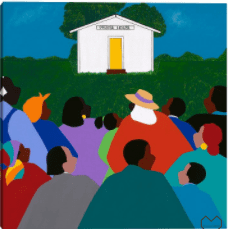
Education, schooling, and gaining knowledge are aspects of the black culture that we succeed in. However, there was not always a way for us to gain education through operating school systems. Many schools did not accept African-Americans due to segregation. Despite schooling that wasn’t integrated, African Americans still took the iniatitive to better themselves. By continuing this steadfastness to gaining knowledge many school systems noticed and realized that we couldn’t be stopped.

Therefore, on September 9, 1889, the Colored Industrial Institute in Pine Bluff became one of the first Catholic-supported schools for African American children in the state of Arkansas. As the tenth-largest city in the state of Arkansas, Pine Bluff became a place for blacks to grow intellectually. Initially, the school was established by a white Confederate veteran; Father John Michael Lucey, who was one of few progressives who spoke out against lynching and protested for equality during the early Jim Crow era.
Later, Ferd Havis and Wiley Jones, two wealthy black Pine Bluff entrepreneurs, became the first of many boards of directors, along with several other city leaders. The board of directors served the Colored Industrial Institute in Pine Bluff to ensure girls of all ages and boys up to fourteen years old were capable of receving an education, while the Kentucky-based Sisters of Charity of Nazareth supplied the first teachers for the school.
The school operated in a three-story brick building with over 200 students with only six teachers from the Sisters of Charity of Nazareth. Since the school grew at rapid speed, the founder, Father Lucey, took help from the Josephite Priests; a black priest, Reverend John H. Dorsey, and the Sisters of the Holy Family, to teach and lead at the school. The school thrived for approximately 24 years due to the help of various individuals and disassembled early due to disagreement between Dorsey and Lucey over the direction in which the institution was headed.
Reverend John H. Dorsey,
In the end, St. Peter’s Church took over the Colored Industrial Institute buildings and continued operation as St. Peter’s School. In 1960, St. Peter’s School became one of ten predominantly black Catholic schools in Arkansas and in 2012, St. Peter’s, the former Colored Industrial Institute, closed for good due to dwindling enrollment.
Fast Facts:
- Girls of the Colored Industrial Institute in Pine Bluff were instructed in traditional subjects such as:
- Mathematics
- Literature
- Sewing
- Crochet
- Vocal music
- Boys of the Colored Industrial Institute in Pine Bluff were instructed in traditional subjects such as:
- Mathematics
- Literature
- Woodworking
- The Colored Industrial Institute in Pine Bluff was awarded two medals and two diplomas for superior literary and industrial work
- The original school was a two-story wooden building that accommodated 200 students and was located on a city block on State Street between 15th and 16th Avenues in Pine Bluff, AR.
Similar to much of today’s society, education, schooling, and gaining knowledge is still important to our heritage and culture today. Now there are more ways for us to gain an education and skills in our field. If it wasn’t for institutions like the Colored Industrial Institute in Pine Bluff and others schools like the Mather School in South Carolina, our ability to receive an education may have still been impossible.
65